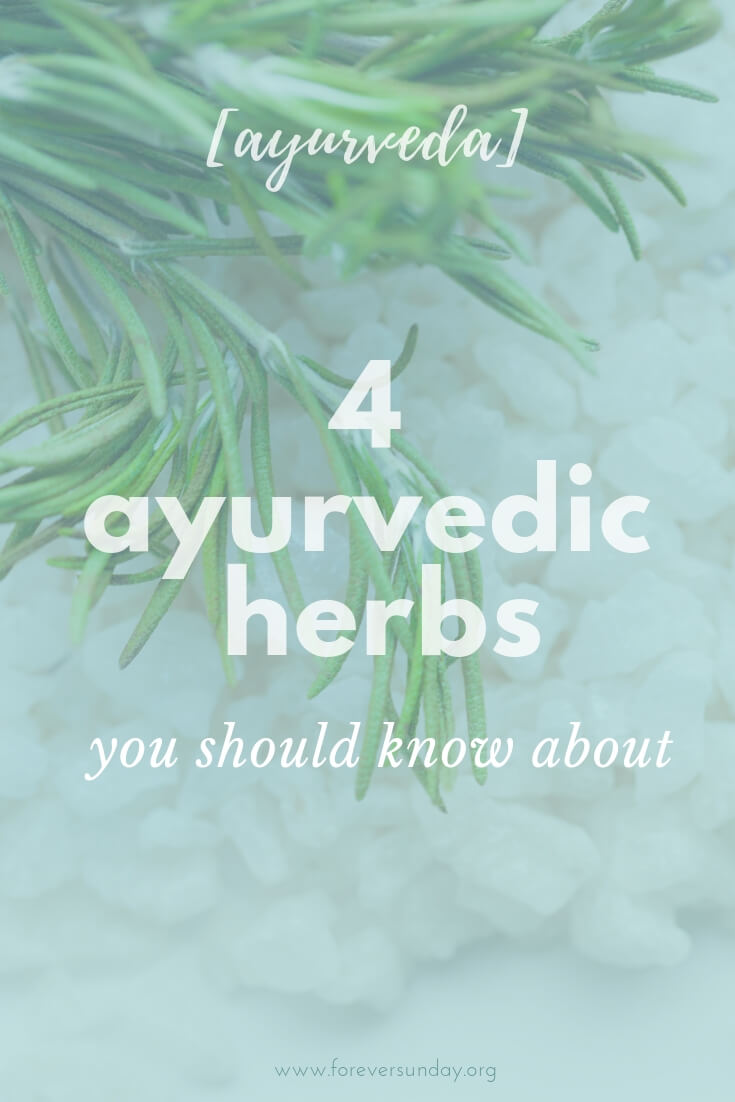
Healing herbs
Herbs have been used since thousands of years to improve health and wellbeing. These 4 ayurvedic herbs are widely used for a range of conditions. Ayurveda seeks to deal with the cause of our imbalances, not just suppress the symptoms. It works slow but steady and more and more scientific research is going into the use of these herbs.
It is always a good idea to have an appointment with an ayurvedic doctor before you start taking herbs. An ayurvedic doctor will know how to dose and combine different remedies and provide you with a plan according to your personal constitution. Even though these ayurvedic herbs are totally natural they will have an effect over time, so you better be sure it is what you need.
This article is purely informative and not meant in any way to be medical advice. Please consult a professional before making any changes in your lifestyle.
Amalaki (Amla or Indian Gooseberry)
Rasa (taste): mostly sour. Amalaki includes all tastes except salty.
Virya (energy): cooling
Vipaka (aftertaste): sweet
Amalaki is Vata and Pitta pacifying; Kapha increasing. It is sattvic in nature but when taken in excess it is ama increasing.
Use
Used for all Pitta imbalances
Amalaki increases red blood cells, helps with anemia, regulates blood sugar and cholesterol, anti-inflammatory (all diseases with -itis), good for eyes (one of the sites of Pitta), teeth and gums. Amla is very high in Vitamin C – more than bell peppers, blueberries and oranges! On a mental level it is calming and balancing, providing clarity and promoting positive thinking.
How to take Amla
Take ¼ to 1 tsp powder a day. Can also be used as a decoction.Don’t use when pregnant. Can cause acute diarrhea in high Pitta constitutions.
Brahmi (Indian Pennywort)
Rasa: bitter
Virya: cooling
Vipaka: sweet
VPK= Brahmi is Vata, Pitta and Kapha balancing.
Brahmi boosts the immune system, supports the liver and is used to improve memory. It is also indicated with neurological disorders, epilepsy and chronic skin disorders such as eczema and psoriasis. It helps with leg cramps and swelling and varicose veins. Brahmi is good for wound healing and supports veins and blood flow. It is a sattvic herb named after Brahma, the divine Creator.
Use
How to take Brahmi
As a powder, infusion, decoction or dissolved in ghee or oil
Precautions: Watch out for headaches and itching
Triphala
Triphala is not a herb but a herb mixture of Amalaki, Haritaki and bibhitaki medicinal fruits.
VPK= It is Vata, Pitta and Kapha balancing
Use
Triphala aids digestion and helps with constipation and diarrhea, gas, distention and parasites (especially haritaki has antibacterial properties). It strengthens the GI tract and stomach, immune system, brain and nerves. Triphala neutralises ama (toxins). It can be used as a sleeping aid, as a gargle solution and eye wash. It is a herb mixture used in ayurvedic rejuvenation (rasayana) programs.
How to take Triphala
Use it as a gargling solution or eye tonic. Prepare 1 cup boiling water and add 1 tsp Triphala. Let simmer for 5 mins and strain with a fine sieve (you don’t want to get any floating particles in your eye!). Allow to cool before use.
Can also be used as a decoction, prepared in oil or ghee. Take ¼ to 1 tsp powder a day.
Ashwaganda (wintercherry)
Rasa: astringent, bitter and sweet
Virya: hot
Vipaka: sweet
VK reducing
When taken in excess it is pitta and ama inducing.
Use
‘Ashwaganda’ means ‘power of the horse’. Ashwagandha gives vitality strength to the body. It is a sattvic and rejuvenating (rasayana) herb that builds ojas (one of the subtle life forces, essence of Kapha). It increases the sperm count and acts as an aphrodisiac. Ashwaganda regenerates female hormones.
It builds the marrow and helps with fatigue and insomnia. Ashwaganda is often indicated in temporary highly stressful times and overwork but should not be used permanently. Can be used to recover from cancer.
How to take Ashwaganda
Take ¼ to 3 tsp powder a day. Can be used in decoctions, oil and ghee.
Thanks to everyone who made suggestions on which herbs to include in this article! I wrote all of your suggestions down so if yours wasn’t covered in this article I might write about it in a next article. As always who is on my email list gets updates first! :)
This post contains affiliate links. When you buy an item through one of my links I receive a small commission but you don’t pay anything more! This way you help support ForeverSunday so I can keep writing! Please know I only recommend products that I love.



